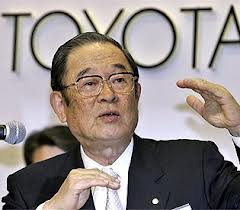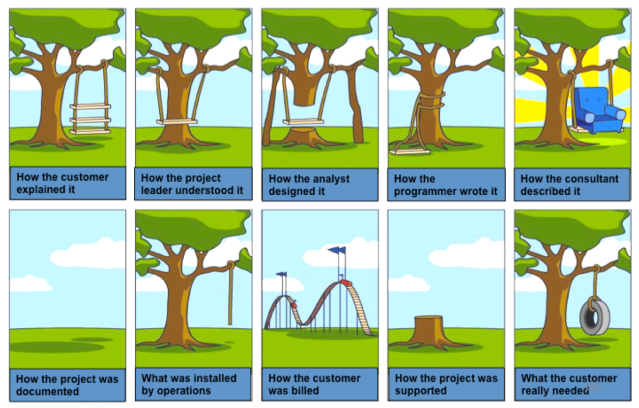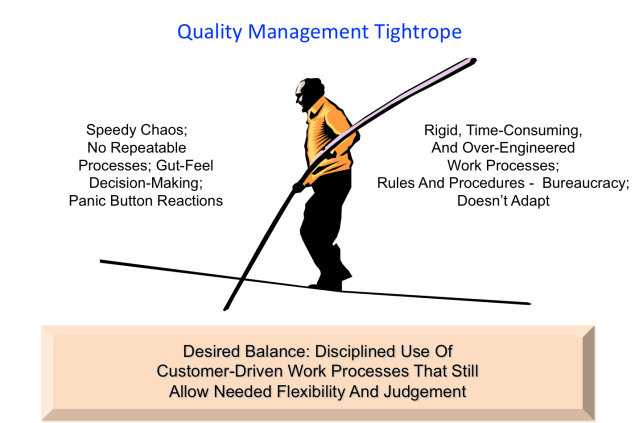• Everything that can be invented has been invented.
– Charles H. Duell, Commissioner, U.S. Office of Patents, 1899.
• I think there is a world market for maybe five computers.
– Thomas Watson, chairman of IBM, 1943
• But what … is it good for?
– Engineer at the Advanced Computing Systems Division of IBM, 1968,
commenting on the microchip.
• There is no reason anyone would want a computer in their home.
– Ken Olson, president, chairman and founder of Digital Equipment Corp.,1977
• “This ‘telephone’ has too many shortcomings to be seriously considered as a
means of communication. The device is inherently of no value to us.”
– Western Union internal memo, 1876.
• “The wireless music box has no imaginable commercial value. Who would pay for a message sent to nobody in particular?”
– David Sarnoff’s associates in response to his urgings for investment in the radio in the 1920s.
• “Heavier-than-air flying machines are impossible.”
– Lord Kelvin, president, Royal Society, 1895.
• “Drill for oil? You mean drill into the ground to try and find oil? You’re crazy.”
– Drillers who Edwin L. Drake tried to enlist to his project to drill for oil in
1859.
• “Airplanes are interesting toys but of no military value.”
– Marechal Ferdinand Foch, Professor of Strategy, Ecole Superieure de Guerre.
• “Louis Pasteur’s theory of germs is ridiculous fiction”.
– Pierre Pachet, Professor of Physiology at Toulouse, 1872
• “The abdomen, the chest, and the brain will forever be shut from the intrusion ofthe wise and humane surgeon”.
– Sir John Eric Ericksen, British surgeon, appointed Surgeon-Extraordinary to Queen Victoria 1873.





